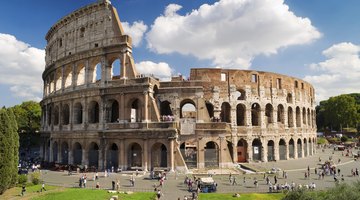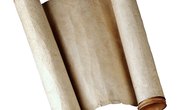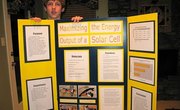How to build a model coliseum for a school project all depends upon what your specific assignment entails, such as its size and details. Since this is typically a project for around fourth and fifth grades, it is not usually necessary to do anything too elaborate. If your teacher has given you some freedom of creativity, or you are all but completely on your own in terms of design and resources, you can easily create a model coliseum with supplies found at local home and craft stores.
Surf the Internet for pictures of Roman coliseums. Decide what you would like to model your project after, and print out photographs you can use as a reference point. Draw out a sketch of your design on a blank piece of paper. Write in the margins what materials you will use for each section, as well as how much you anticipate needing. Generally, 40 to 60 foam rings, one can of spray paint and a bottle of white glue will be enough.
Take a small, white laundry basket with slits in the sides, and cut off the top if it is too deep. Glue the multi-sized foam rings on top of one another to form stadium seating. These should start lining the edge of the basket, and work their way inward. Allow these to dry.
Spray the entire basket, including the inner rings, with the gold or tan spray paint. You may also consider purchasing a texturizing spray paint to mimic the rough look of stone. These are available at your home store. Allow the paint to dry, then add a second coat if necessary.
Spread white glue on the base of the basket and cover with sand, coffee grounds, aquarium gravel, or anything else you'd like to use to simulate the dirt floor of the coliseum. This should be uneven and "dusty" looking, so don't worry if there are any loose pieces or if it is not perfectly smooth. Allow to dry.
Use any small figurines you can find -- e.g., toy gladiators and Lego characters -- and glue them onto the rings to be the spectators and gladiators. You can also use a lion figurine to add some authenticity to the coliseum event. To save time, you can place your "gladiators" on the base of the basket before the dirt floor has completely dried.
Tip
Keep it simple. The cleaner and simpler the coliseum, the better it will travel to the classroom. Elaborate design is necessary only if specified. Do allow your child to add fun details like figurines and plants. Personalizing the project will not only show character and originality, it also will confirm your child was very involved with his own project.
Warning
Do not rush the building of the coliseum. Allow each piece to dry before taking the next step. A glued-together model can become soggy and unstable if not given proper drying time.
Related Articles
References











